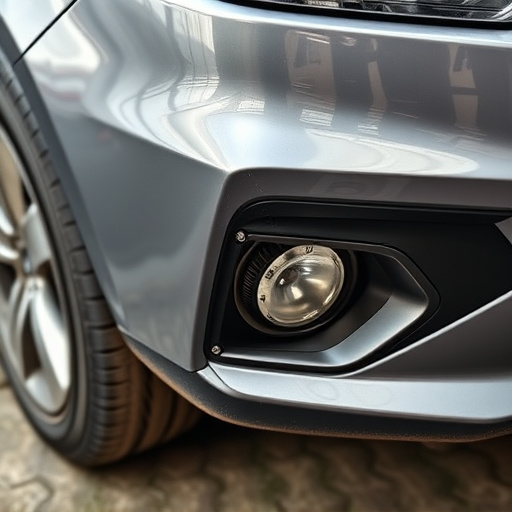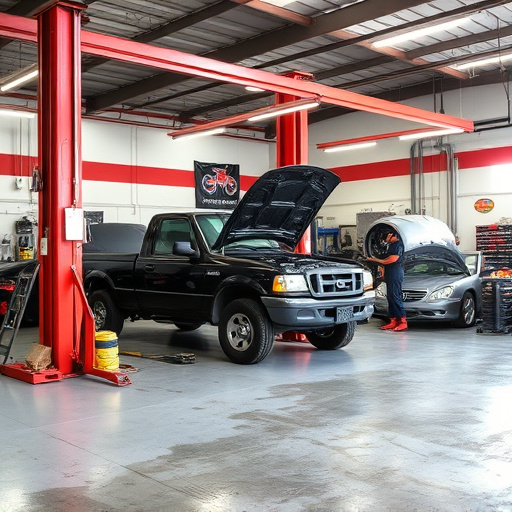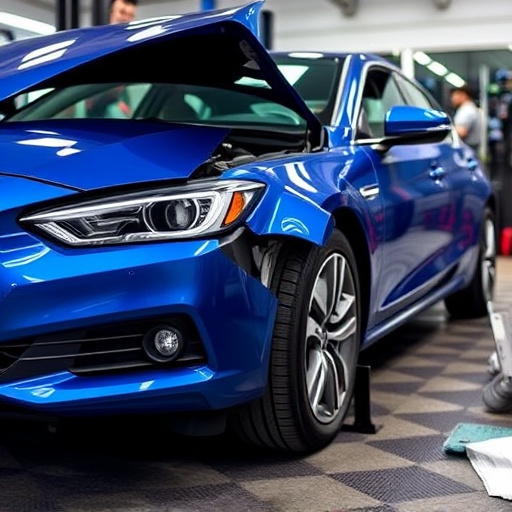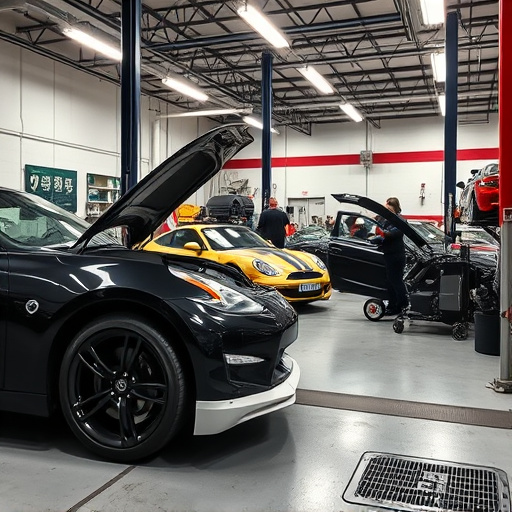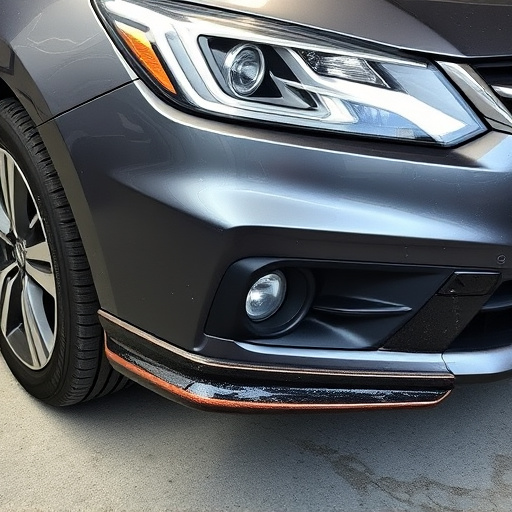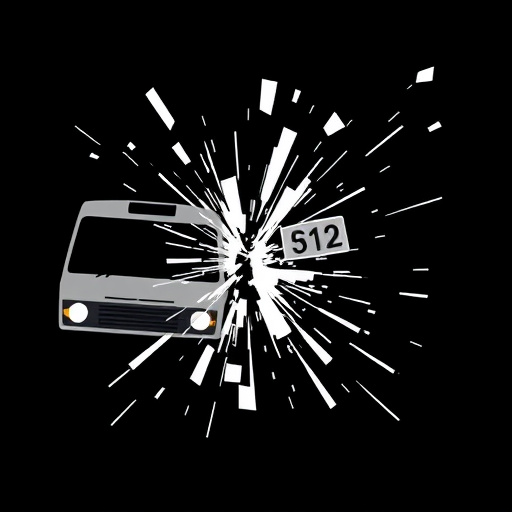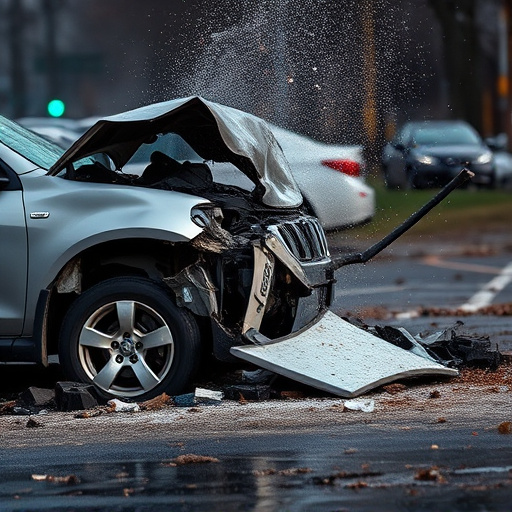Tesla charging port repair is crucial for EV owners to avoid connectivity issues due to wear & tear, harsh weather, or damage. Skilled auto body shops offer advanced repairs using diagnostic tools and high-quality parts, ensuring precise alignment and reliable charging for seamless Tesla ownership experience.
Tesla owners can now breathe a sigh of relief with the advent of efficient solutions for Tesla charging port repairs. These ports, crucial for convenient electric vehicle (EV) charging, are prone to damage and wear over time. Understanding the common issues associated with Tesla charging ports is the first step towards effective repair techniques. This article delves into both the challenges and solutions, detailing how skilled technicians can restore full charging functionality to your Tesla, ensuring seamless EV ownership experiences.
- Understanding Tesla Charging Port Issues
- The Process of Effective Repair Techniques
- Restoring Full Charging Functionality
Understanding Tesla Charging Port Issues

Tesla charging ports, integral to the electric vehicle experience, can sometimes develop issues that disrupt the seamless charging process. These problems may arise due to various factors such as everyday wear and tear, harsh weather conditions, or accidental damage. It’s not uncommon for drivers to encounter challenges like loose connections, damaged cables, or even complete port failure, leading to frustration and concerns about full charging reliability.
Understanding these issues is the first step towards ensuring optimal performance. Many auto body shops now specialize in Tesla charging port repair, offering car restoration-level service to address these problems effectively. By leveraging advanced diagnostic tools and high-quality replacement parts, automotive repair experts can restore your vehicle’s charging capabilities, providing peace of mind for all electric vehicle owners.
The Process of Effective Repair Techniques
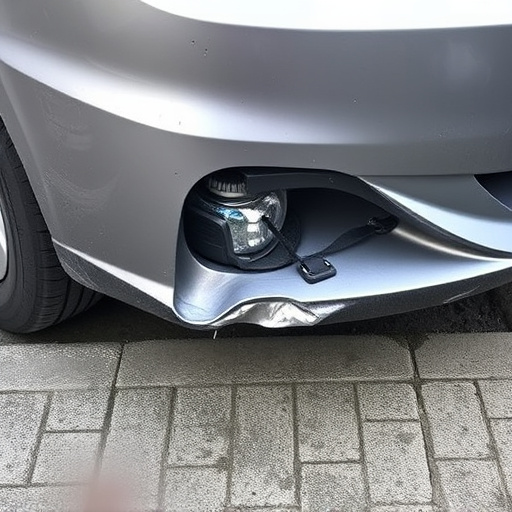
The process of repairing a Tesla charging port involves a meticulous approach to ensure optimal performance and reliability. Skilled technicians employ advanced techniques to diagnose any issues, often stemming from everyday wear and tear or even collision damage repair. The initial step includes disassembling the port to access the internal components, which may have suffered from exposure to moisture or debris.
Specialized tools are utilized to replace faulty parts, ensuring precise alignment and a secure connection. In many cases, vehicle bodywork repairs are integrated into this process to maintain structural integrity. By combining these expert techniques with high-quality replacement parts, Tesla charging port repair restores full charging reliability, addressing potential issues that could hinder the efficiency of electric vehicle (EV) ownership.
Restoring Full Charging Functionality
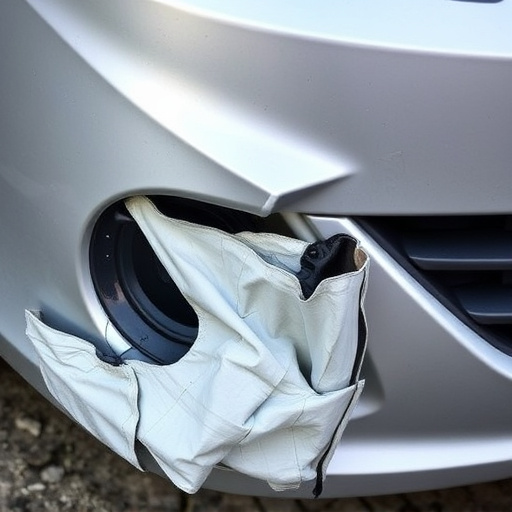
After a Tesla charging port is damaged, whether due to a car accident at an auto collision center or a simple case of wear and tear, restoring full charging functionality becomes paramount for seamless electric vehicle ownership. A Tesla charging port repair involves more than just replacing the physical component; it necessitates precise alignment and testing to ensure the port functions optimally with the vehicle’s electrical system.
Skilled technicians at reputable collision repair centers employ specialized tools and diagnostic software to pinpoint issues, ensuring that every repair is done meticulously. This meticulous process not only restores the charging port’s ability to handle high-power connections but also safeguards against future charging problems, ultimately enhancing the overall reliability of the Tesla for its owners.
Tesla charging port repair is no longer a frustrating dilemma for electric vehicle owners. With advancements in technology and reliable repair techniques, restoring full charging functionality is now achievable. By understanding common issues and implementing effective solutions, Tesla owners can bid farewell to charging inconveniences. This ensures that their vehicles are not only reliable but also contribute to a more sustainable future by minimizing downtime at charging stations.
